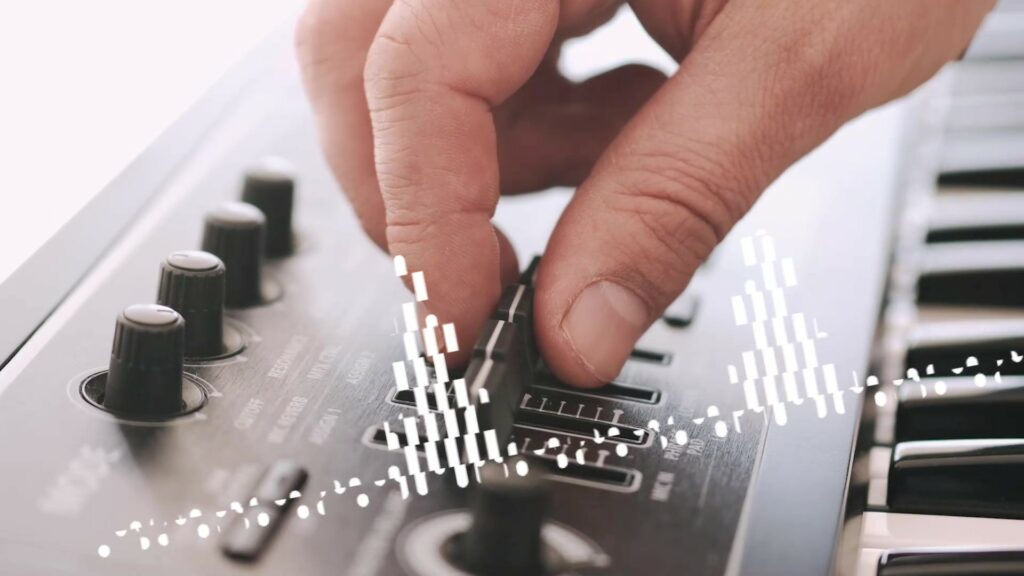How to Use the Essential Sound Panel in Premiere Pro

The essential sound panel in Premiere Pro is where you’ll edit all of your audio tracks. It is a tool taken from Audition, the creative suite tool that specializes in audio editing. This panel gives you access to various filters, mixing techniques, and simple controls to adjust levels and effects.
The entire panel is based on making audio engineering easier for video editors, who might not have a background in advanced audio engineering. The base tools, graphs, and sliders are all available to use, but the essential sound panel opts to show you a simplified version. In this tool, you essentially tell Premiere what you want, and it tries its best to deliver that. And with all of the presets available, it tends to do a pretty good job, and helps editors without an audio background immensely.
You can add essential sound to your workspace through the window tab, or you can just enter the default audio workspace.
Watch the full video tutorial here:
To start, select an audio clip in your timeline and tell Premiere Pro what kind of audio it is – dialogue, music, sound effects, or ambience. This will affect the next set of options available.
Let’s take a look at a piece of dialogue. We select the clip and tell Premiere Pro that it’s dialogue. The first thing you can do is select a preset, and if you’re lucky this might be all you need to do. Most of these effects are specialized for certain scenarios, and can be a lifesaver for editors that need to create a specific effect. That includes making your voice sound like it’s coming through a radio, or a television, or from outside a building. If you’re just working with voice overs like my voice in this video, there are several options including balanced voice and podcast voice.
If you’re editing a movie or a podcast that might have multiple people talking, the essential sound tool is perfect for balancing these tracks. The Auto-Match tool under loudness sets a consistent loudness, so doing this to your dialogue tracks will set everything onto the same level.
If you need to repair your audio, then open up the repair tab, and you’ll have control over things like reducing noise, rumble, hum, and other types of sound. These adjustments can remove annoying background noise from your audio clips while maintaining the overall quality.
Moving down to the clarity section, we see the dynamics checkbox. This is the compressor, and increasing the value will make the voice more focused. If you click on the Dynamics setting in your effects control panel, and then adjust the dynamics slider, you’ll see it’s not just increasing or decreasing the compression, but actually adjusting the settings in various ways to leave you with the best result. And moving a slider is much easier than working with this complex graph, if you’re not trained in audio production.

The other types of sound are a bit less complex, but still important. All of them should have their loudness matched, so that you have a point of reference. Music tracks have various auto-ducking and balancing tools, sound effects have some directional settings, and ambience features settings that make subtle adjustments to your background environmental sounds.
Overall, the essential sound panel is incredibly easy to use, and its limited amount of adjustments are actually a good thing. Video editors aren’t necessarily great at audio production, and the essential sound tools give editors the ability to create professional-sounding edits. We hope this tutorial helps you understand the tools available to you, but the only way to really know how to use it is to get in there and tell Premiere Pro what you need it to do.








